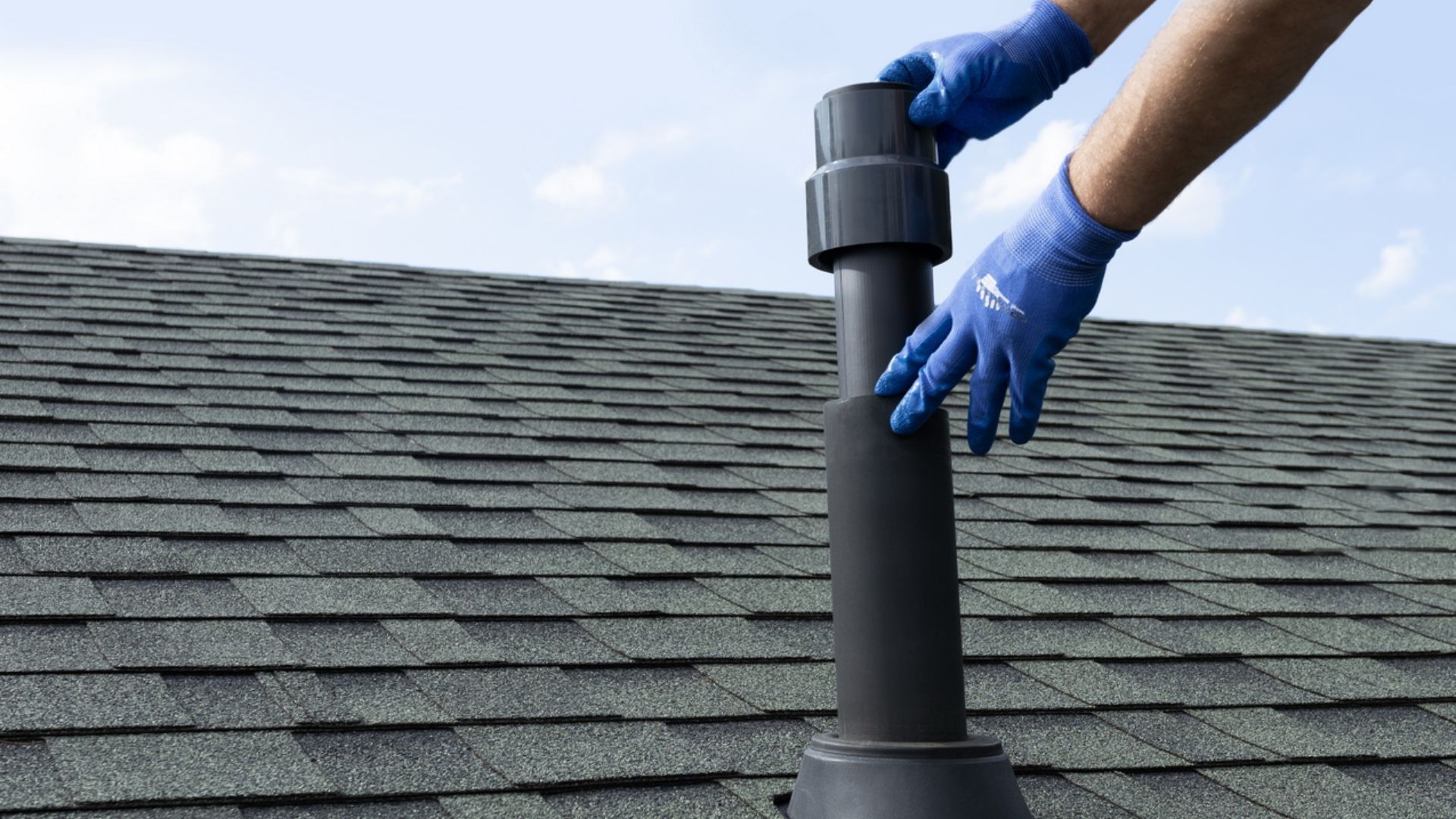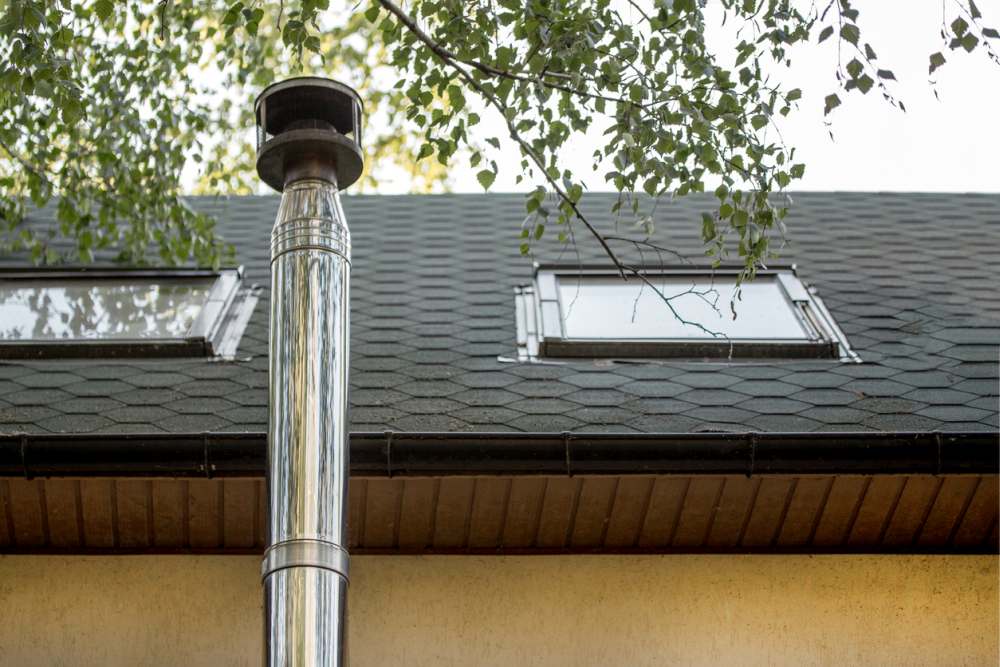The Significance of Ventilation in Residential Plumbing Systems
The Significance of Ventilation in Residential Plumbing Systems
Blog Article
What're your insights and beliefs about What Is a Plumbing Vent and Why Is It Important?

Correct air flow in plumbing systems is often ignored, yet it is essential for maintaining the performance and security of your home's pipes. Air flow aids manage air pressure, stop the accumulation of damaging gases, and make certain the efficient elimination of waste. In this guide, we will check out the importance of proper plumbing air flow, how it works, and the advantages it gives your plumbing system.
Comprehending Air Flow in Plumbing
Air flow in pipes describes the network of pipes that allow air to flow through the drain system. These vents offer several functions, consisting of controling air pressure within the pipelines, stopping drain gases from getting in the home, and assisting in the smooth flow of wastewater.
Just How Air Flow Works in Pipes Solutions
Atmospheric Pressure Regulation
Correct ventilation keeps well balanced air pressure within the pipes system. When water flows through pipelines, it displaces air. Without appropriate air flow, this variation can develop negative pressure, leading to slow down drains pipes or siphoning of water from catches, which can trigger undesirable smells to leak into the home.
Preventing Sewer Gas Accumulation
Among the most crucial functions of pipes vents is to avoid sewage system gases, such as methane and hydrogen sulfide, from collecting within the home. These gases can position major health and wellness risks and are extremely combustible. Vent pipes allow these gases to run away securely outside.
Assisting in Waste Removal
Air flow helps in the efficient removal of wastewater by stopping airlocks in the water drainage system. When air can move openly with the vents, it enables water and waste to stream smoothly through the pipelines, reducing the threat of blockages and back-ups.
Kinds Of Pipes Vents
Main Heap Vent
The major stack air vent, additionally called the vent pile, is the main vent in a pipes system. It extends from the primary drain align with the roofing system, allowing gases to leave and fresh air to go into the system.
Branch Vent
Branch vents attach to the main pile air vent and offer specific components, such as sinks, toilets, and showers. These vents make sure that each fixture has adequate ventilation to function properly.
Air Admittance Valve (AAV).
An Air Admission Shutoff (AAV) is a one-way valve that allows air to enter the pipes system without the requirement for a conventional vent pipe prolonging via the roof. AAVs are commonly used in restorations or areas where installing a conventional vent is impractical.
Signs of Poor Air Flow in Pipes.
Slow Draining Fixtures.
If your sinks, bathtubs, or commodes are draining gradually, maybe a sign of poor air flow. Inadequate air flow can develop a vacuum result, making it tough for water to drain pipes properly.
Gurgling Sounds.
Gurgling sounds originating from drains pipes are commonly a result of air being drawn via water traps as a result of adverse pressure in the pipes. This is a clear indication of not enough air flow.
Unpleasant Odors.
Drain odors inside your home are a warning that your plumbing system is not properly aerated. This could suggest that sewer gases are not being adequately vented outside, bring about possibly harmful problems.
Common Ventilation Blunders.
Poor Vent Sizing.
Utilizing undersized vent pipelines can bring about inadequate air flow and pressure discrepancies in the system. It's essential to utilize vents that fulfill the particular demands of your pipes system.
Improper Vent Positioning.
Putting vents too far from the fixtures they serve can minimize their effectiveness. Correct positioning ensures that air can flow freely and effectively with the system.
Disregarding Code Demands.
Building codes give specific guidelines for plumbing ventilation. Disregarding these codes can result in a system that fails to work properly and might result in expensive fixings or health hazards.
Benefits of Proper Air Flow.
Improved System Efficiency.
Appropriately ventilated pipes systems run a lot more effectively, with fewer blockages, faster draining pipes, and much less strain on the pipes. This performance extends the life expectancy of the plumbing system.
Improved Air Quality.
By protecting against sewer gases from entering your home, proper air flow adds to much better indoor air high quality, making your living environment healthier and more comfortable.
Stopping Water Damages.
Ample air flow aids protect against water from being siphoned out of catches, which can lead to drain gases getting in the home and causing water damage over time.
Steps to Make Sure Appropriate Air Flow.
Consulting Pipes Codes.
Constantly get in touch with regional pipes codes when creating or modifying your pipes system. These codes provide the essential guidelines for proper airing vent and guarantee your system meets safety and security standards.
Regular Evaluation and Maintenance.
Routine evaluations can aid identify possible ventilation concerns before they end up being major problems. Maintenance tasks, such as cleaning vent pipelines and checking for blockages, are crucial for maintaining the system in good working order.
Professional Installation.
For brand-new setups or significant adjustments, it's important to hire a professional plumbing professional. They have the experience to guarantee the air flow system is correctly created and mounted according to code.
Conclusion.
Proper air flow is a critical element of any plumbing system, ensuring that it works efficiently and safely. By understanding the relevance of ventilation, acknowledging the signs of inadequate ventilation, and taking steps to maintain your system, you can stop expensive concerns and protect your home's air quality.
4 Things You Should Know About Your Plumbing Vents
What Plumbing Vents Are
Also called a vent stack, a plumbing vent is a vertical pipe attached to your drain line that runs through your roof. The plumbing vent pipe, or plumbing air vent, removes gas and odors from your plumbing system and allows fresh air to enter the pipes, helping the water to flow out of the drain pipes.
What Plumbing Vents Do
Plumbing vents have two basic functions. One of which is to allow unpleasant smelling wastewater and sewer gasses to escape your plumbing system instead of entering your home. Plumbing vent pipes are typically located on roofs, away from windows, to ensure the fumes exit the home completely.
The other function of the plumbing vent is to move fresh air into your plumbing system. This helps move water through every plumbing fixture in your house, like toilets and sink drains. Think of the way in which you need to let a little air into the bottle as you pour soda in order to make the drink flow smoothly.
Different Types of Plumbing Vents
True vent: This is the most common vent option. In simplest terms, a true vent is a vertical pipe attached to your drain line that exits through the roof. They often function as the main vent that other fixtures can connect to. Re-vent pipe or auxiliary vent: Attached to the drain line near specific plumbing fixtures, re-vent pipes run up and over to connect to the main vent. Common vent: Two plumbing fixtures installed on opposite sides of a wall are typically tied into the vent stack using something known as a sanitary cross. Wet vent: This venting option operates as a drain pipe and a vent at the same time. Wet vent drainage systems drain water from one fixture while venting the air from another. Although they’ve been used for over 100 years, wet vent systems have only recently been added to the plumbing code in many areas. If you’re planning on installing one in a bathroom remodel, make sure you check your local code prior to construction. Loop vent: For free-standing fixtures like kitchen island sinks, loop vents are ideal. These vent pipes run under the floor, rise from the P-trap, and create a loop inside the cabinet sink. Air admittance valve: An AAV is a one-way mechanical valve typically installed at the site of the plumbing fixture. AAVs allow venting to occur without having to tie into a larger venting system. They’re ideal for venting fixtures where you aren’t able to easily connect to an existing vent system. Common Plumbing Vent Issues
Although vent pipes typically don’t have water flowing through them, they’re still subject to many typical plumbing issues. For example, clogs are one of the most common problems associated with sewer vent pipes. If your vent pipe gets clogged, all of your plumbing fixtures tied into the vent stack will be affected.
A sink with a slow drain that bubbles and gurgles or a strong sewage smell around your toilet are both indicators that your toilet vent pipe is clogged. Because most vent pipes exit through the roof, old leaves, twigs or even a bird’s nest could be clogging the pipe.
Clogs in your vent pipe system cause a buildup of negative pressure, meaning that water won’t be able to flow out of your home very well. It’s similar to putting your finger over the opening of a straw to trap water inside. When you remove your finger, the water is able to flow out of the straw.
If you suspect you have any blockage in your vent, make sure you have a professional come examine the situation. Left unchecked, a blocked air vent can lead to other costly repairs, like leaks and sediment buildup.
Under Pressure
Pipe vents are essential aspects of a home’s plumbing system. Owning a home means learning about all sorts of things you never put much thought into before. But by understanding as much as you can about the important systems of your home, you can keep those budgets intact and those anxiety levels low.
https://www.homeserve.com/en-us/blog/home-improvement/plumbing-vents/

As a devoted reader about What Is A Plumbing Vent & How Do They Work?, I figured sharing that piece of content was a smart idea. Feel free to take a moment to distribute this blog post if you enjoyed reading it. Thank you so much for going through it.
Call Today Report this page